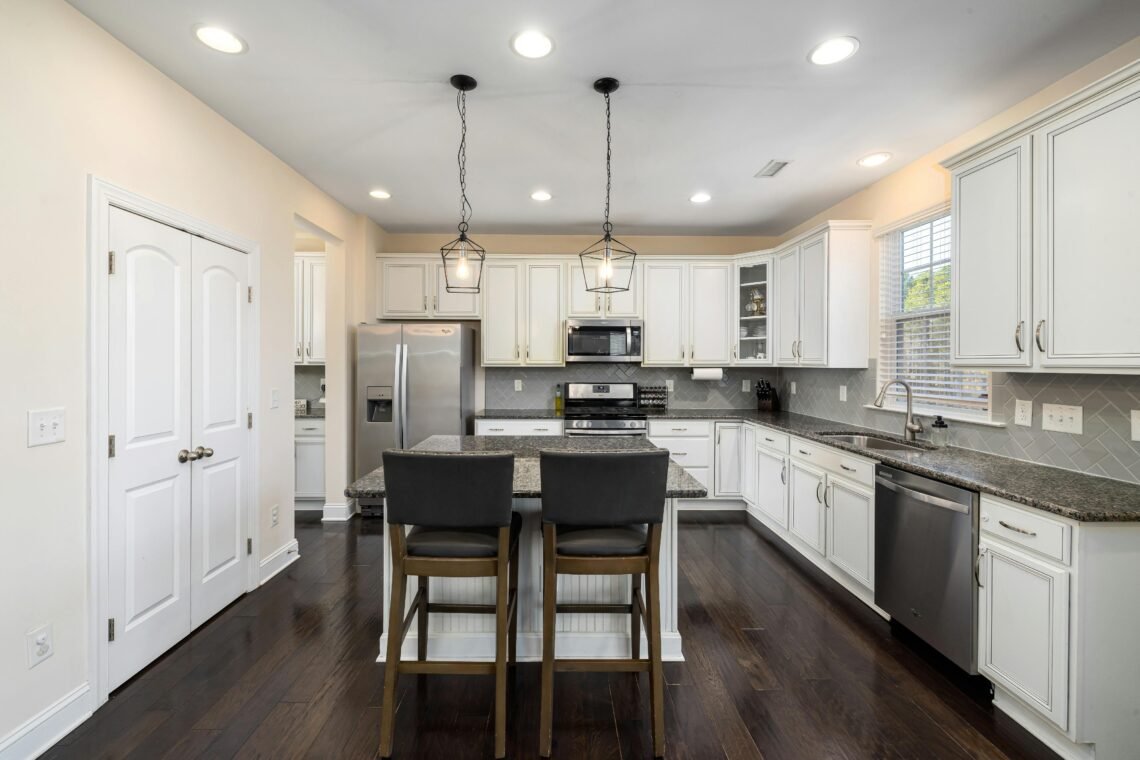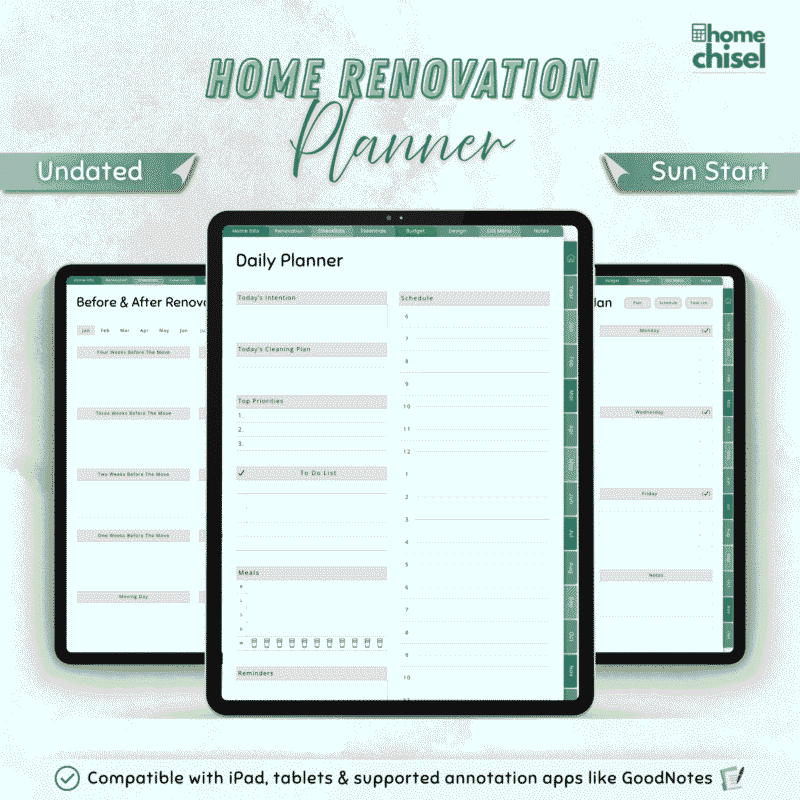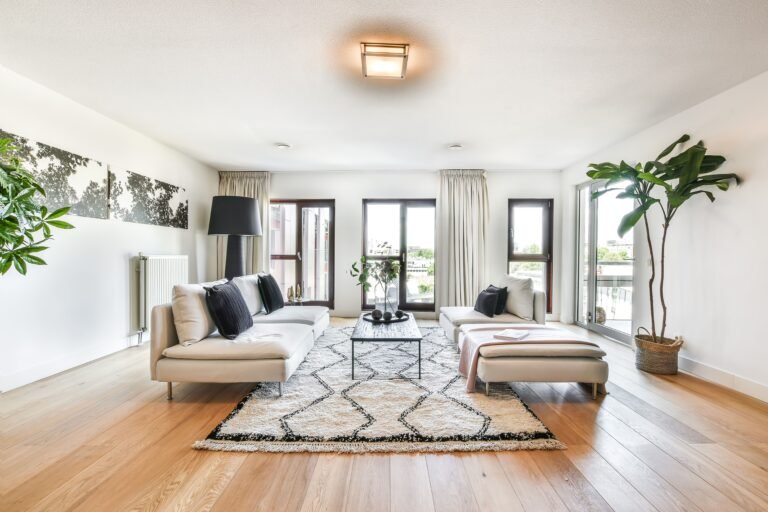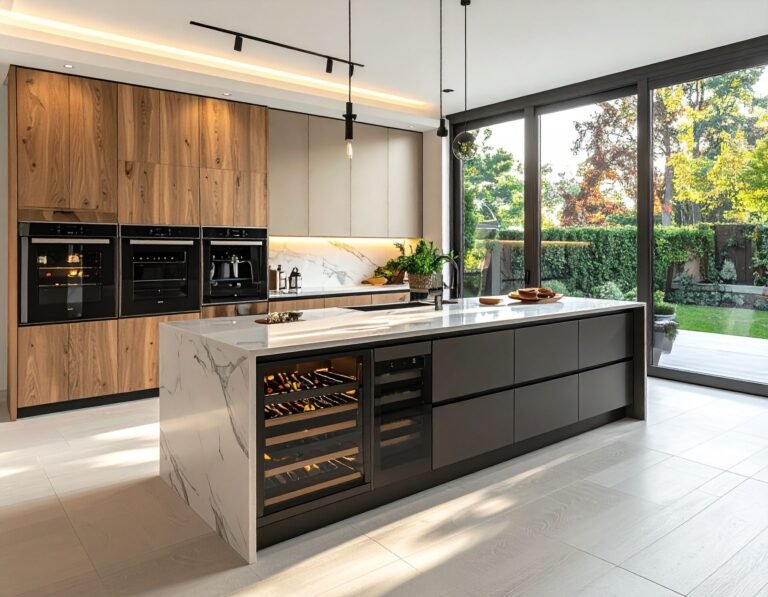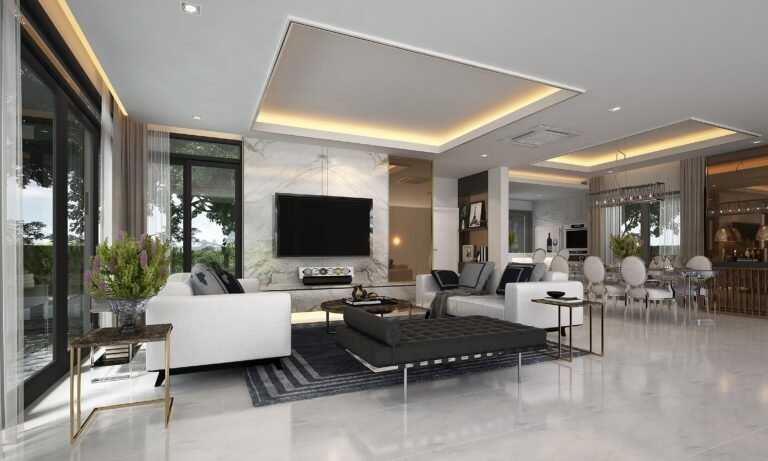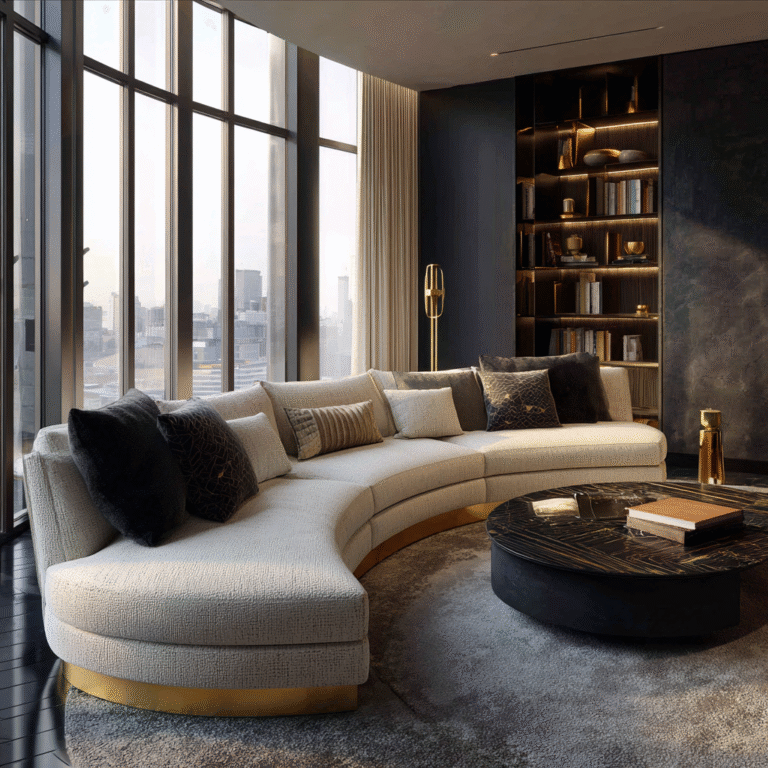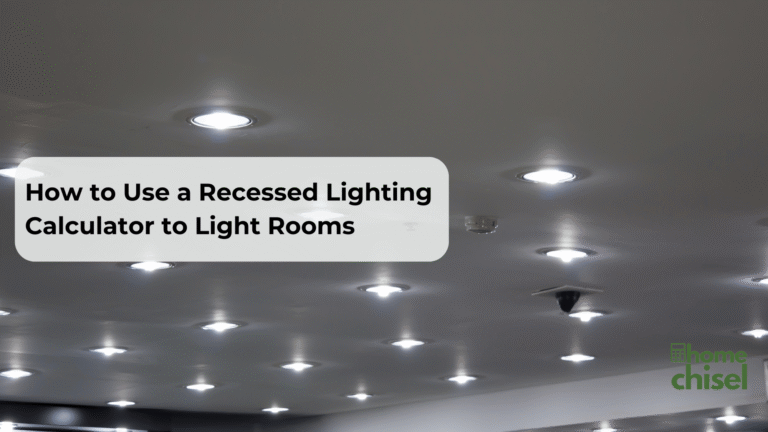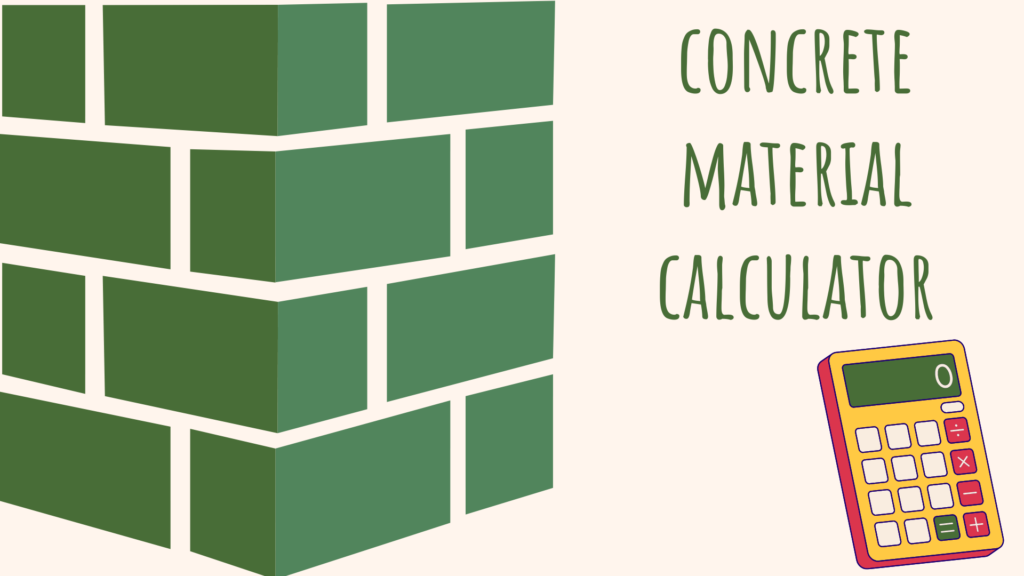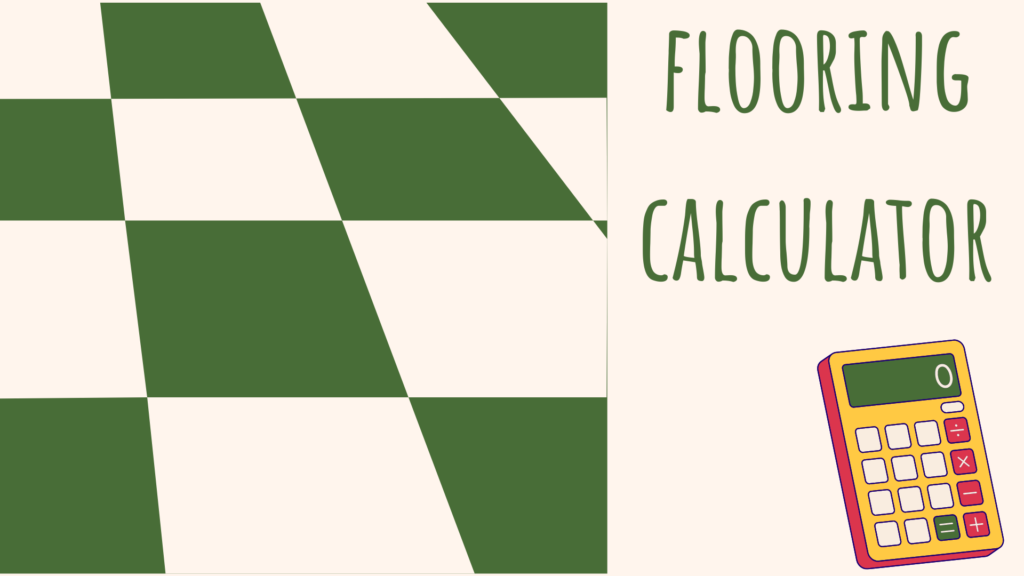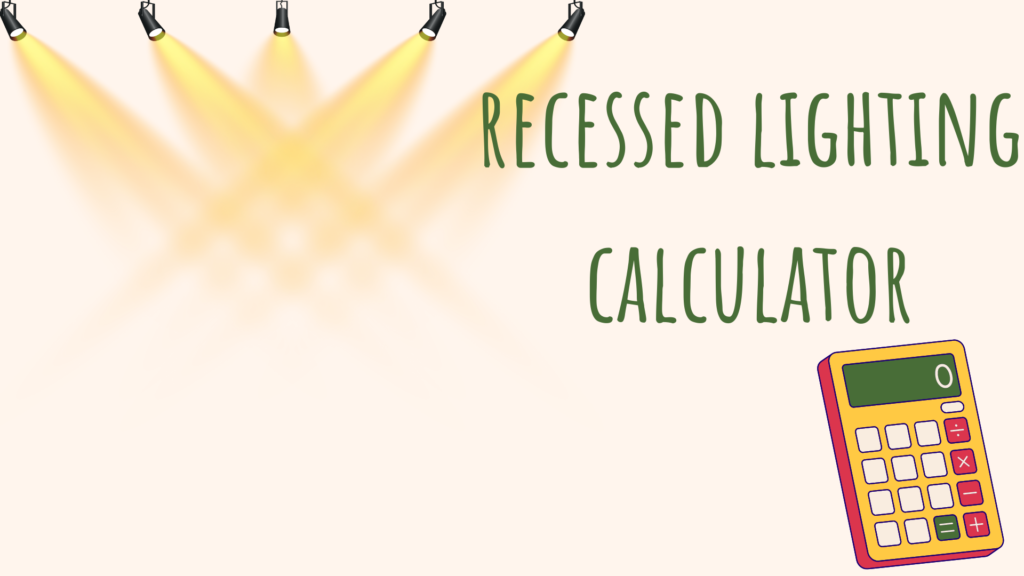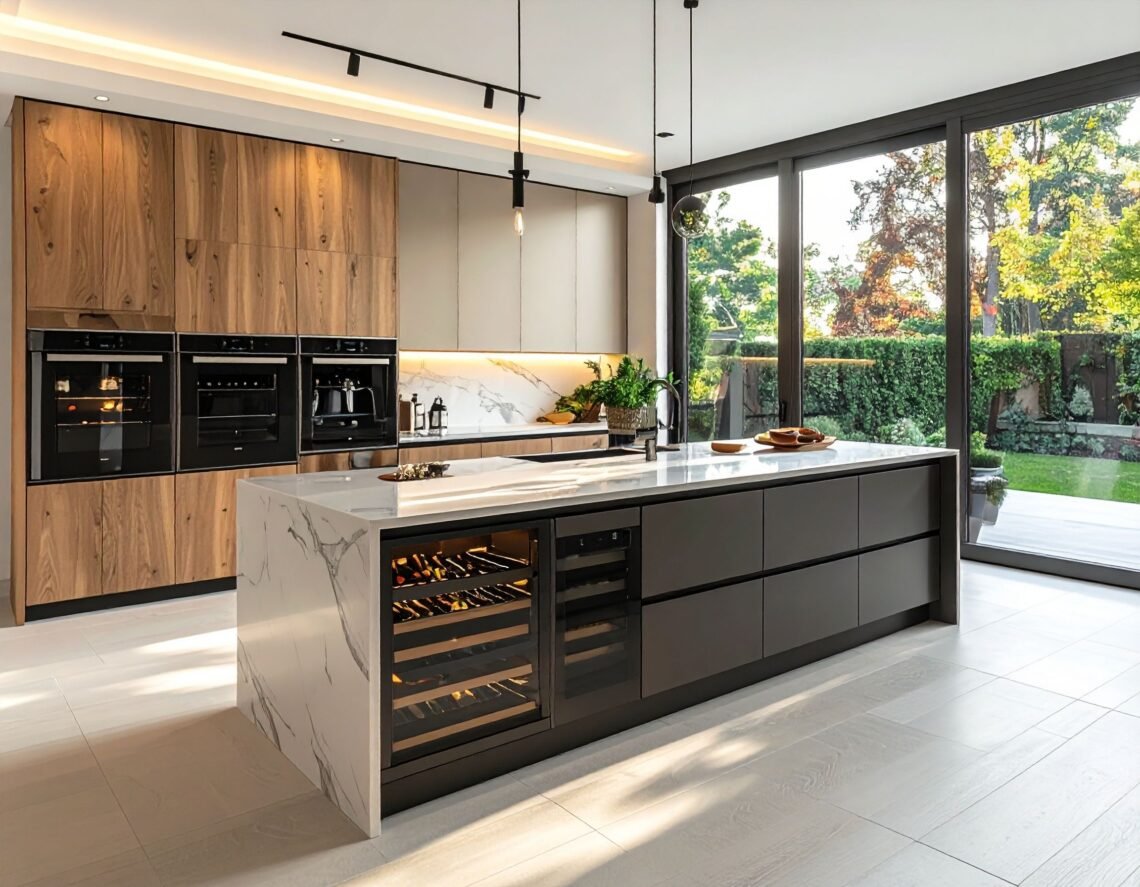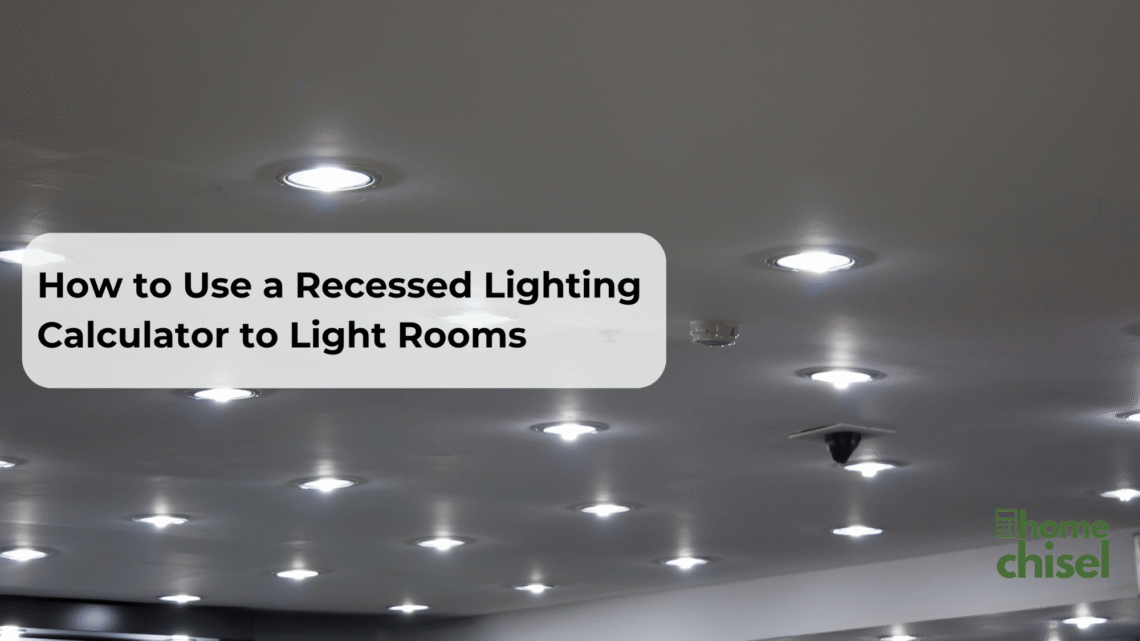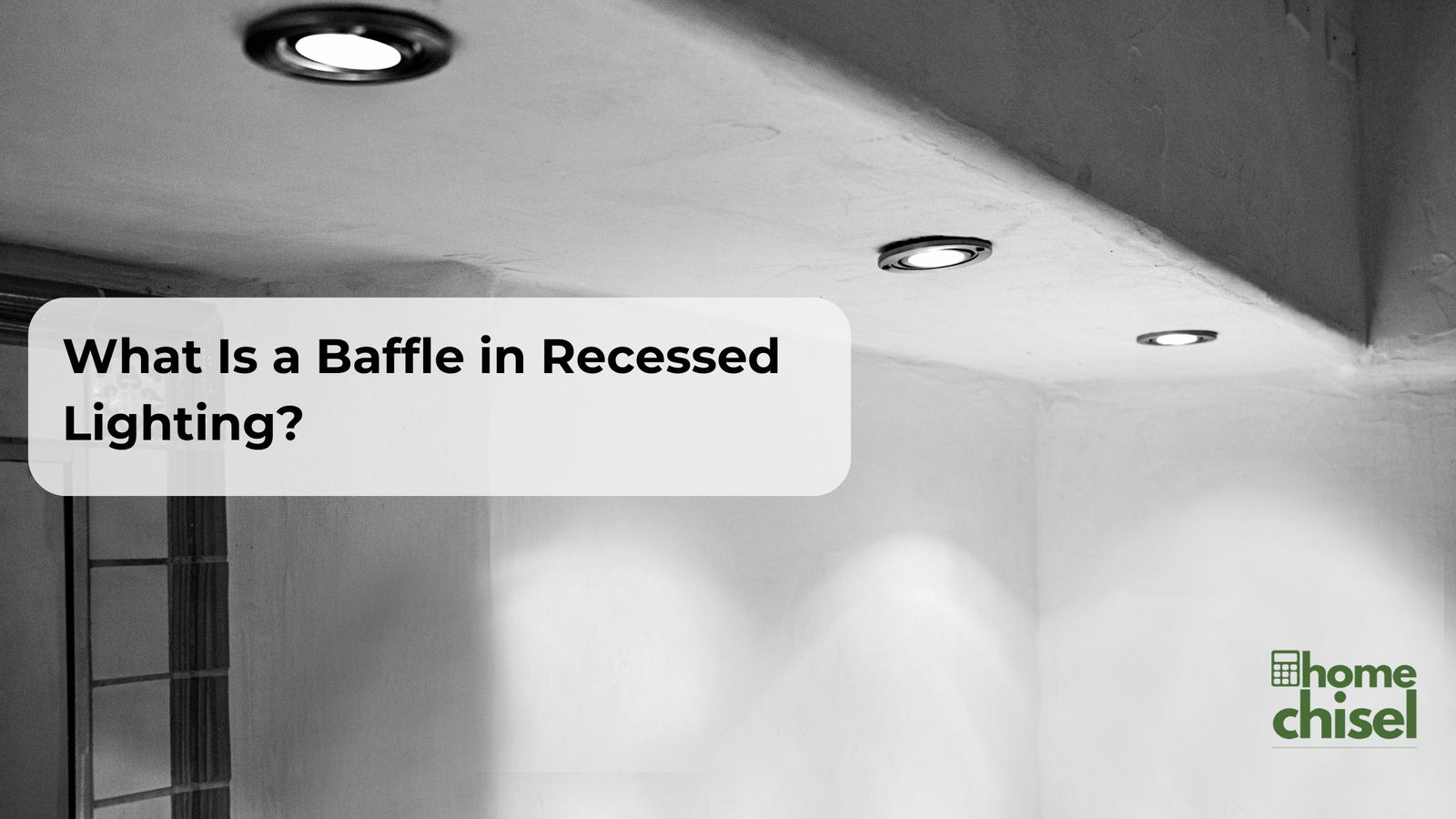Adding recessed lights can completely transform the atmosphere of a room, whether you’re looking to brighten up your kitchen, create a cozy ambiance in the living room, or highlight wall art with precision. In this guide, I’ll walk you through a simple yet effective way to determine exactly how many recessed lights you’ll need for any space. We’ll cover key factors like room dimensions, ceiling height, and light placement strategies. By the end, you’ll also learn how to avoid common pitfalls when installing recessed lighting.
Table of Contents
Factors Influencing the Number of Recessed Lights
Several important factors determine the optimal number of recessed lights you’ll need. It’s not just about throwing in a few fixtures here and there—proper planning ensures even lighting and prevents dark corners or overly bright spots.
Room Dimensions
The size of the room—both its length and width—is the starting point for determining your recessed lighting needs. Larger rooms will require more fixtures, but the layout also matters. You can calculate spacing between lights using the room’s dimensions to ensure balanced coverage.
Example:
For a 12 ft by 16 ft living room, you might start with four recessed lights per row, with about 4 feet of spacing between each light.
Lighting Purpose
Recessed lights can serve different roles depending on the room’s needs. General lighting provides overall illumination, task lighting focuses on specific areas like reading nooks or kitchen counters, and accent lighting highlights artwork or architectural details. Your purpose will affect how many lights you need and how they’re spaced.
Ceiling Height and Type
The height of your ceiling determines both the number of lights and their placement. Higher ceilings require brighter lights or more fixtures to maintain the same level of brightness. Standard 8-10 ft ceilings will need lights spaced closer together, while vaulted or 12 ft ceilings might require either more lights or higher-lumen LEDs.
Tip: A good rule of thumb is to space lights the same distance apart as half the ceiling height. For example, with a 10 ft ceiling, space your lights 5 ft apart.
Existing Light Sources
Consider other light sources already present in the room. If your space already has natural light from large windows or a central chandelier, you may not need as many recessed lights. Plan your recessed lighting layout to complement, not overwhelm, existing sources.
General Guidelines for Recessed Lighting Placement
Proper placement of recessed lights ensures your space is well-lit and visually pleasing. Below are some best practices to follow.
Spacing Between Lights
Use the “half ceiling height” rule to determine the spacing. Divide the height of the ceiling by two to get the distance between each light. For example, with an 8 ft ceiling, lights should be spaced about 4 ft apart.
Distance from Walls
Avoid placing recessed lights too close to walls. A good starting point is keeping the first light 2-3 feet away from the wall. This prevents the creation of harsh shadows and ensures better light distribution.
Strategies for Even Light Distribution
- Use overlapping light patterns to avoid dark spots.
- If the lights are for a work area (like a kitchen island), place them in task zones to avoid shadows while working.
- For accent lighting, place fixtures at a 30-degree angle to the object or wall you wish to highlight (this technique is often called wall washing).
Room-Specific Recommendations for Recessed Lighting
Kitchen
For kitchens, focus on task lighting around countertops and cooking areas. Place lights 3-4 feet apart and directly over work zones. Complement them with under-cabinet lighting for added brightness.
Living Room
In living areas, use general lighting for overall brightness and complement it with accent lighting for wall art or decorative pieces. Avoid placing lights directly above seating areas to prevent glare.
Bathroom

Bathrooms require even lighting to avoid shadows. Space lights evenly across the ceiling, especially over mirrors and sinks, where task lighting is essential.
Using Recessed Lighting Calculators
A recessed lighting calculator can simplify the entire planning process. By inputting the room’s dimensions and ceiling height, the calculator will suggest how many lights you need and where to place them. Try this recessed lighting layout calculator to make planning easier.
Determine the Spacing
The formula for Spacing:
Spacing (in feet) = Ceiling Height ÷ 2
For example, in a room with a 9 ft ceiling:
9 ÷ 2 = 4.5 ft spacing between lights
This spacing ensures even light distribution without making the room feel too dim or too bright.
Calculate the Number of Lights
To calculate the number of recessed lights needed, use this straightforward formula:
Formula:
Number of Lights = (Room Length ÷ Light Spacing) × (Room Width ÷ Light Spacing)
Example Calculation:
- Room size: 12 ft x 16 ft
- Ceiling height: 8 ft (so lights are spaced 4 ft apart)
Number of Lights = (12 ÷ 4) × (16 ÷ 4)
Number of Lights = 3 × 4 = 12 lights
This layout provides balanced illumination across the entire room. You can use the recessed lighting calculator for more precise calculations based on your room’s unique dimensions.
Common Mistakes
Here are some common mistakes to avoid when planning your recessed lighting layout:
- Over-lighting the space: Too many recessed lights can make the room feel harsh and sterile.
- Incorrect spacing: Placing lights too far apart leaves dark spots while placing them too close creates overlapping glare.
- Forgetting dimmers: Adding dimmers gives you control over the mood and brightness of the room.
- Ignoring furniture layout: Think about how furniture will be arranged to ensure lights aren’t directly above seating areas or workstations, causing discomfort.
Safety first! Before installation begins, be sure to familiarize yourself with safe recessed lighting practices. This helpful guide from Energy Star covers essential tips on choosing and installing recessed lights.
Final Thoughts
Planning recessed lighting may seem overwhelming, but with the right strategy and tools, it becomes a lot easier. Start by calculating your room’s dimensions and using the half-ceiling height rule for spacing. Make sure to account for ceiling height, light purpose, and existing light sources for the best results.
And don’t forget—using a calculator tool simplifies everything! Check out our recessed lighting layout calculator to get started. For more insights on recessed lighting, be sure to read our Comprehensive Guide to Recessed Lighting for Home and Garden on creating the perfect lighting setup for your home and garden.
With the right planning and layout, recessed lights can enhance any room, making it both functional and inviting. Happy lighting!
Staff picks
-
A Guide to Selecting the Perfect Palette for Every Room: Practical Tips for Choosing Colours, Fabrics and Textures to Transform Your Home
Original price was: 29,00 $.14,00 $Current price is: 14,00 $. -
Digital Home Renovation Planner | Home Project Planner
Original price was: 49,00 $.19,00 $Current price is: 19,00 $.
